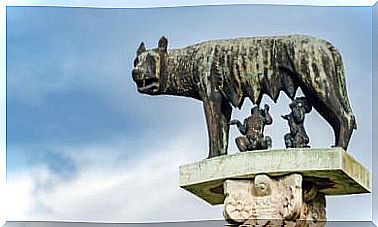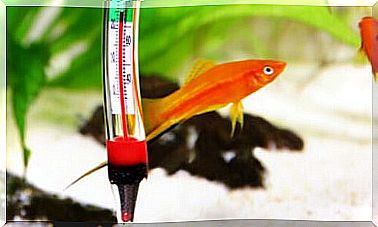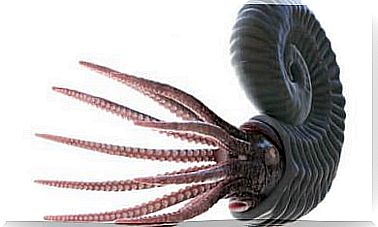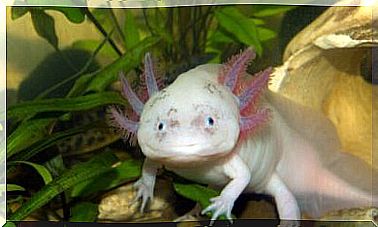Nephrurus Levis: Captive Care
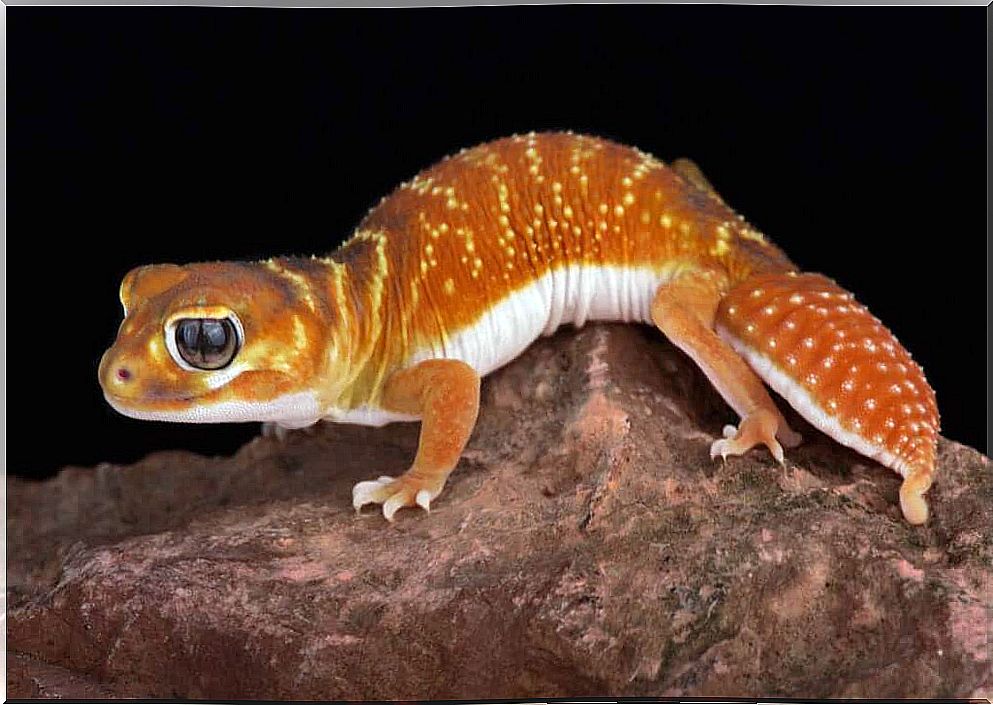
In addition to the leopard gecko, there are several easy-to-maintain exotic reptiles that many terrariophile lovers are unaware of. This is the case of the genus Nephrurus, whose specimens are better known as Knob tailed geckos in the US market – they do not have a common Portuguese name.
Today we are going to introduce a specific species, Nephrurus levis, which is perhaps the most widespread of its genus in the exotic pet market. It is a small animal, but with unusual drive and daring. If this beautiful reptile caught your attention, read on.
Initial considerations
First, it is essential to highlight that Nephrurus is a genus that includes 10 currently recognized species. Among the most sold, we find the following:
- Nephrurus amyae: the largest of the genus. It is easily distinguishable because of its earthy color and its tiny tail.
- Nephrurus wheeleri: Small in size and with an unusual bad mood, this reptile is characterized by black bands interspersed on its body.
- Nephrurus levis: with a darker orange color and less earthy patterns, this species can be easily differentiated from the others.
All of these geckos are endemic to Australia and therefore their care varies little. Without too many problems, we can say that this guide is applicable for the three species described, but consult any interspecific variation or questions with a terrariophy specialist before purchasing a specimen.
None of the listed species are included in CITES – a convention for the protection of endangered animals for sale – and their natural populations are also not in evident decline. Therefore, a special license is not required to purchase one of these geckos as a pet.
Even so, it is necessary to be careful with the trade in species taken from their natural environment. All of the knob tailed geckos we’ve found for sale so far have been bred in captivity, but that doesn’t eliminate the need for caution. Therefore, demand the relevant documents with regards to breeding in captivity before purchasing your pet.

Caring for Nephrurus levis in captivity
These species live in different environments typical of the Australian landscape, mainly in arid and semi-arid regions. With that in mind, let’s introduce the basic care of the Nephrurus levis species , which is also applicable to its genus companions.
terrarium
The terrarium does not need to be very large, as these geckos must necessarily live alone because of their marked territoriality. An installation measuring 40x30x30 centimeters in width, height and length will be more than enough for one copy. Still, the more space the reptile is given, the better.
These animals have been observed to grow well in plastic facilities, but owners are encouraged to purchase a glass terrarium specially designed for reptiles. This is because they have effective ventilation systems and, in addition, the animal will be much more beautiful when displayed in this type of terrarium.
As far as the substrate is concerned, compact sand should be used. We always recommend the use of calcium carbonate (CaCo3), as the animal can accidentally ingest it and metabolize it without problems. This will avoid the dreaded gastrointestinal impaction disorders that many desert reptiles have.
In addition, the terrarium must have two shelters, one in the hot area and one in the cold area. Large stones or hollow logs can also be placed as environmental enrichment, as well as a small container of water for the reptile to drink when needed.
Environmental requirements
Next, we’ll briefly present the weather conditions necessary to keep this species healthy and happy. Come on:
- Temperature: in the terrarium, there must be a thermal gradient. For this, a thermal blanket must be placed behind the glass and under the terrarium. The warm side should always be around 30-31 °C and the cold side at least 23 °C.
- Humidity: we are facing a desert animal, therefore, high humidity in the terrarium is a parameter that should be avoided. Putting a small container of water for the animal to drink is more than enough, in addition to spraying the cold area with water a few times a week.
- Lighting: This species does not require special lighting, but rather a period of natural light.
food
The Nephrurus are exclusively insectivorous and therefore their diet is mostly based on crickets, cockroaches and worms. An adult eats about four times a week and in at least one of these meals the prey should be covered with calcium and vitamin D3. This will allow the animal to grow strong and healthy.
Importantly, these geckos hunt only through visual stimuli, so all prey presented must be alive and active. If the insect is not in good shape or does not move much, the animal will easily lose interest.

As you have seen, we are facing a fascinating exotic species with very simple needs. If you maintain relatively high temperatures and a warm place where the animal can thermally self-regulate, you can live with this friendly reptile for about 10 years.


